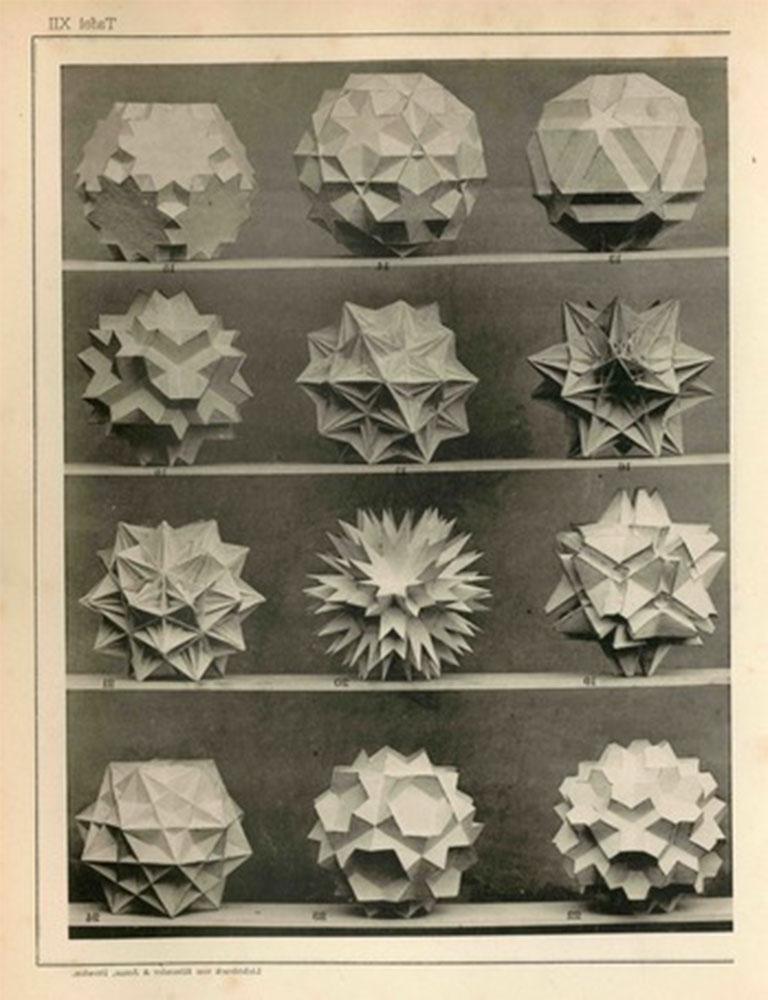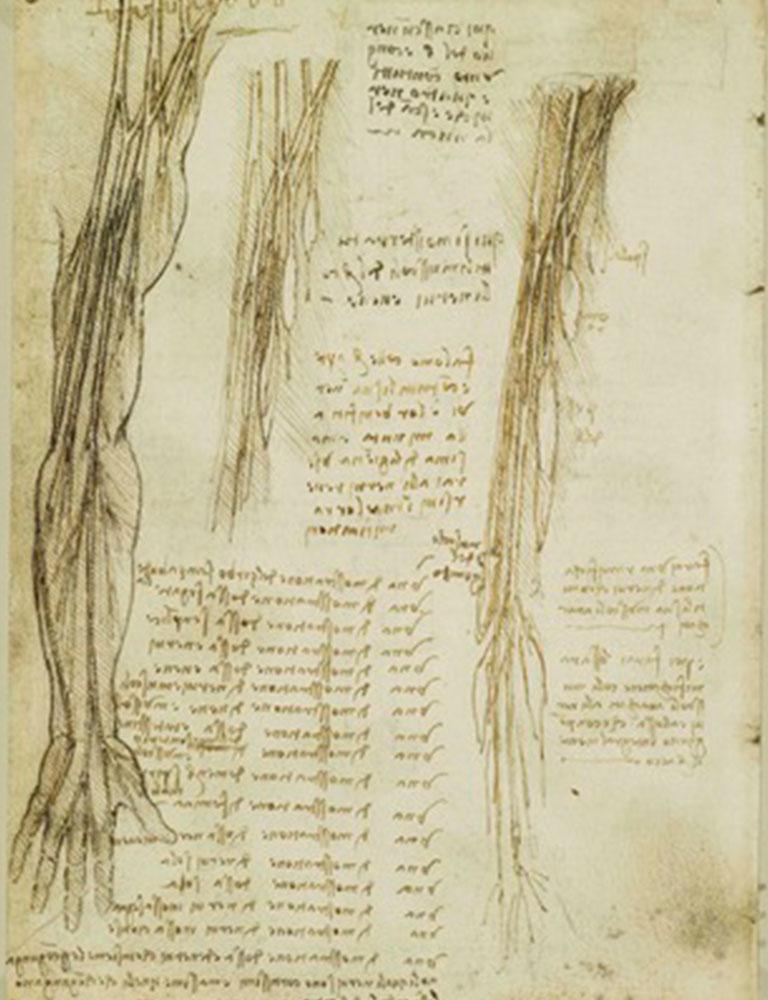Do you have a favorite piece in the exhibition? Tell us about it.
Laura: my favorite piece is Serlio's Third Book on Architecture (1544 edition). We show in the case his representation of the Colosseum in Rome (pictured above). What I find particular brilliant here is the way in which Serlio and the publisher Francesco Marcolini managed to put on the surface of two pages such great level of detail and information about this extremely complex building. I trained as an architectural historian, and Serlio's books on architecture were revolutionary for the discipline. I have been studying them through my entire career as a scholar, and seeing one of them out there is great.
Daryl: It's hard to choose, but the book which embodies Thinking 3D the most is probably Kepler's Mysterium Cosmographicum. In grappling with understanding the relational distance between heavenly bodies, Kepler applied the five platonic solids and their relationship to each other to explain what his calculations found. The illustration that he devised has been seen regularly and is a fantastic example of applying the geometrical lens to the wider world. However, for this exhibition we also wanted to see if we could actually bring Kepler's model to life.
In addition to those pictured here, highlights of the exhibition include extraordinary anatomical books that used flaps and pop-up features to educate people about the human body; illustrations of the moon that Galileo produced based on his first observations of the lunar surface through a telescope in 1609; and the first geological map of Mars produced from data from NASA's Mariner 9 mission in 1971-72. Thinking 3D is on view through February 9, 2020.

















